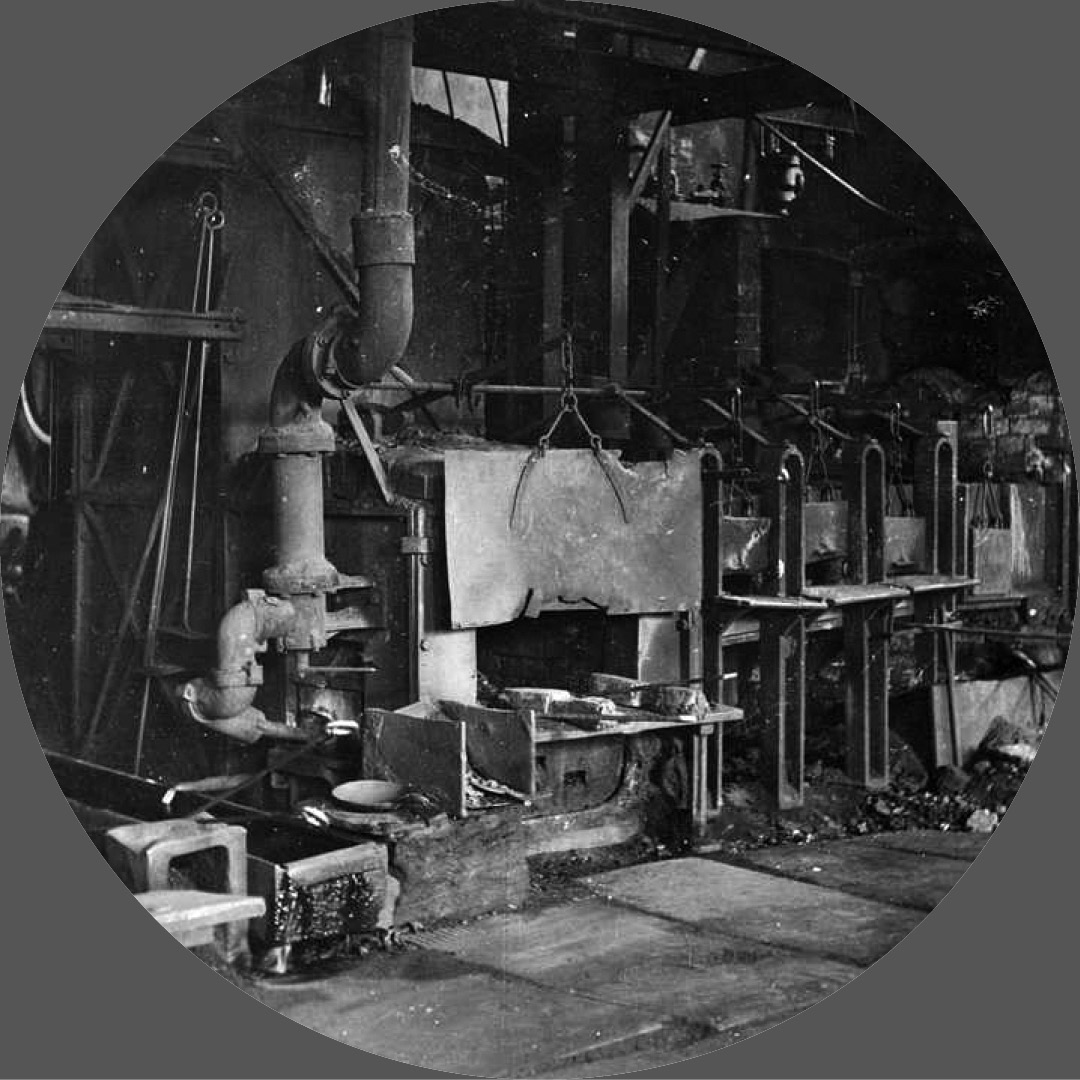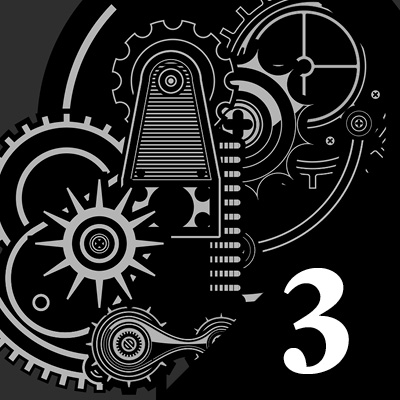Lives of Machines & The Industrial Revolution: 2
A GRANITE BAY DESIGN MICROSITE![]()
 Lives of Machines and
Lives of Machines and
The Industrial Revolution: Part 2
Milestones & Terminology
1764
Invention of the Spinning Jenny: James Hargreaves, a British carpenter and weaver, invented the spinning jenny and hence revolutionised the process of cotton spinning. The machine spins more than one ball of yarn or thread at a time, making it easier and faster to make cloth. The machine used eight spindles onto which the thread was spun, so by turning a single wheel, the operator could now spin eight threads at once. This increased to eighty with improvements in the technology. [1]
What is a Ball Bearing?
Shielded/non-contact bearings have a metal plate covering the balls, cage, and races. Sealed/contact bearings have a (usually black) neoprene cover instead. Open bearings, as the name suggests, have no shields or seals and are open on the sides. The big difference between a shield and a seal is the seal is a contact seal. The seals have a lip running on the inner ring of the bearing. The shield is a gap seal. It does not touch the inner ring. Sealed bearings have much more friction compared to shielded bearings, and thus are generally rated for lower speeds than shielded bearings. If you hold a shielded and sealed bearing in your hand and spin each, then you will clearly feel the difference in friction. A shielded bearing will almost spin free and a sealed bearing will not spin free. [2]
“Never before in the history of mankind has the pace of innovation and technological acceleration been faster than it is today.”
Yannick Schilly
The Industrial Revolution



The first Industrial Revolution began in Great Britain in the 1700s and 1800s and was a time of significant innovation. The American Industrial Revolution followed in the late 19th century and was an engine of economic growth in the U.S. The Industrial Revolution led to inventions that included the assembly line, telegraph, steam engine, sewing machine, and internal combustion engine. Working for businesses during the Industrial Revolution paid better wages than agricultural work. The increase in the number of factories and migration to the cities led to pollution, deplorable working and living conditions, and child labor. Although the Industrial Revolution occurred approximately 200 years ago, it is a period that left a profound impact on how people lived and the way businesses operated. Arguably, the factory systems developed during the Industrial Revolution are responsible for creating capitalism and the modern cities of today. [3]
[1] is from one of two sources, either Riyasamdani or Historic UK. [2] is from the Vintage Machinery Wiki Knowledge Base and [3] is from The Gutenberg Project section on The Industrial Revolution. The period photographs are from a variety of public domain sources. You can use the thumbnail gallery below to navigate through the site.











